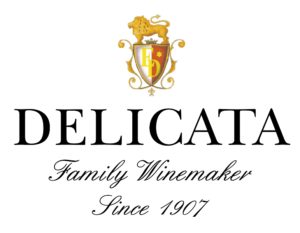Your Wine’s Resting Place
Perhaps a cavern deep-down in the bowels of a baronial mansion is out of the question, but it’s possible to build a ‘wine cellar’ without having to remortgage. Indeed, a small six case collection of wines of various types and for all occasions is well within reach and practical to store too.
Many of us live in homes that are ill-suited for storing fine wines for a long period of time. However, it shouldn’t be difficult to find an unused cubbyhole that offers most bottles what they want: darkness, little or no vibration, reasonable humidity and a constant temperature.
The worst place to store wine – a fact unbeknown to many kitchen designers – is close to a cooker or on top of a fridge or freezer where there are frequent blasts of hot air which speed up wine’s maturation erratically.
Find a cool place or at least a little corner where the temperature doesn’t fluctuate much. Exposure to heat is a bigger problem than humidity in Maltese homes. But if the air-conditioning unit is left on around the clock you might want to prevent cork stoppers from drying out. This would make the cork shrink and increase the risk of the wine getting spoiled over time by oxidation. Unlike screw-capped and sparkling wines, bottles sealed with a natural cork should therefore be placed on their side so that the liquid keeps the cork moist.
Most wines will rest safely in their original case or carton box in a boxroom lined with heat insulation or tucked away in a dark corner at the bottom of a cupboard. Alternatively, you might want to invest in a sleek temperature and humidity controlled cabinet which usually looks like a glorified refrigerator and preserves reds and whites at pre-set temperatures in different parts of it.

Store wine bottles on their side.
Storing as few as 36 wine bottles priced at around €2.75 to €15.00 each allows you at least to move on from that shelf-to-glass routine of picking up a single bottle of wine on your way home from work to a point where you’re a little bit more in control.
Before going out to buy your reserves, pencil down how often you wish to enjoy a bottle, whether it’s with dinner or on its own, and if you drink mostly on the weekends when entertaining guests. Consider laying down a few special bottles such as fortified and dessert wines as well. Also jot down a small number of customary sparkling wines for a few celebratory events even if you’re not a fan.
Then assess your tastes. Most people who think of cellaring wines think of reds that age. However, if you love Pinot Grigio and aren’t font of claret, by all means adjust your percentages. Just remember that the white wines within this price bracket are usually meant to be drunk young. Certain varietals such as Viognier and Chardonnay tend to keep longer than others, especially oak–aged examples.
Perhaps you want to check your wish list against the recommendations of a wine specialist whose advice you have found to be aligned with your personal taste preferences. Besides, it helps to purchase from a wine-knowledgeable merchant who can make recommendations within your preferred categories of wine and budget or that shop that takes stock rotation seriously and is kitted out with informative shelf signage.
It’s always wise to try one bottle of a particular wine you haven’t tried yet before splashing out on a full case. Once you have bought a case, open one bottle at leisure to see just how long and fast it’s maturing. Remember that it’s better to open a bottle a year too soon than one day too late. So, don’t forget about your collection but keep a small cellar book and make old-fashioned tasting notes or use a smart phone app.
Your first steps in cellaring, or rather ‘cornering’, won’t cost a fortune but will yield high dividends – at least for your palate.
This article by Georges Meekers appeared first in the Times of Malta, 21 October 2016.

